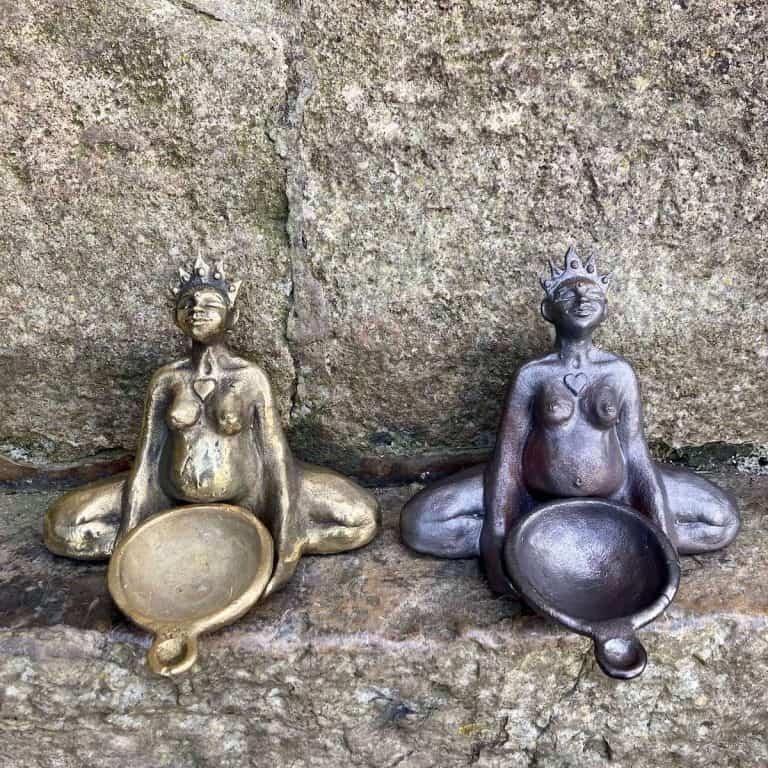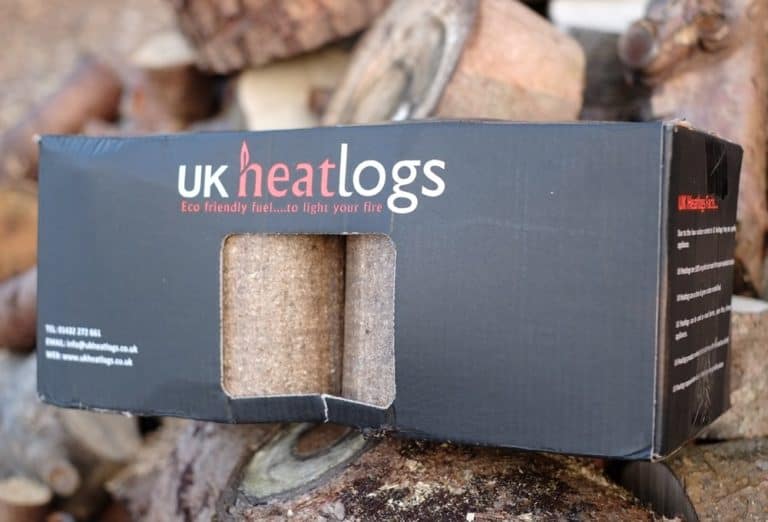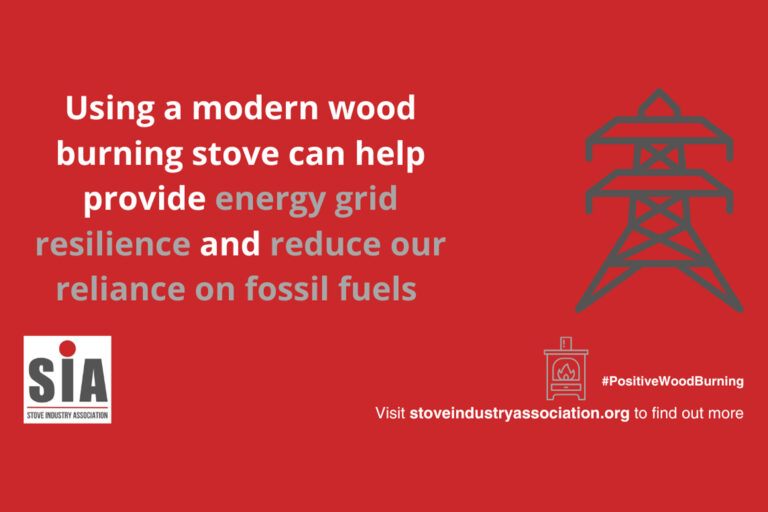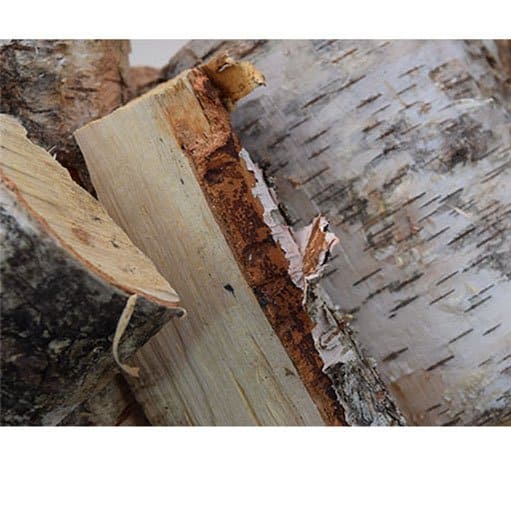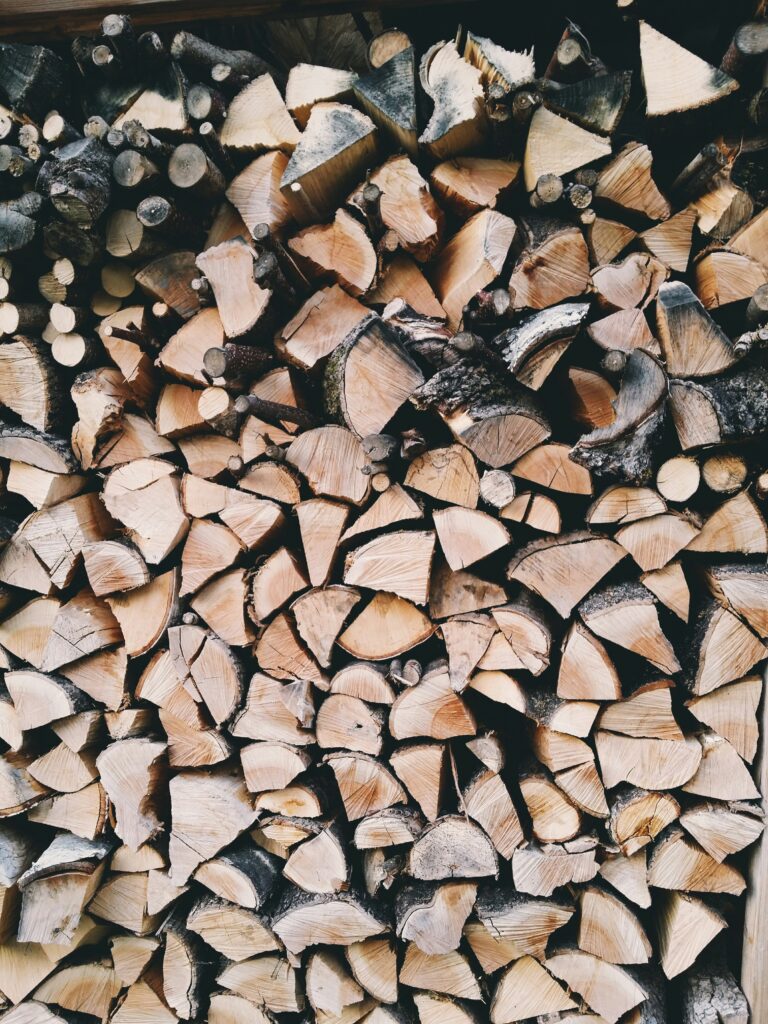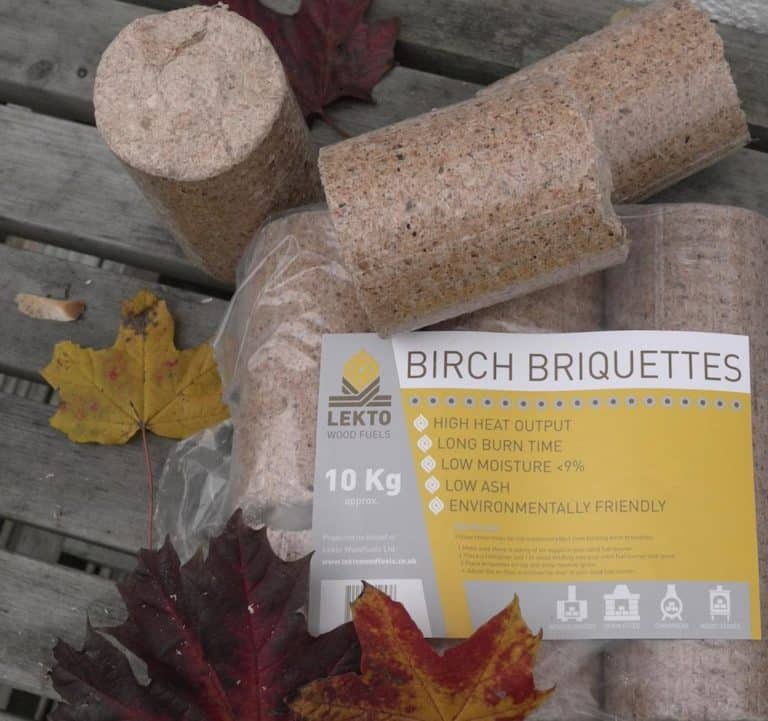Why is Wet Wood Being Banned?
The rules surrounding what fuel you can burn in your small wood stove have recently changed. From May 2021, the government has implemented a ban on the sales of wet wood and coal, which means that if you usually use wet wood to fuel your small wood burning stove, then you’ll need to find an alternative fuel source from now on.
Many people aren’t aware of the difference between wet wood and dry wood, and the implications of burning one instead of the other. At Salamander Stoves, we have over 18 years of experience in dealing with a wide range of antique, modern and contemporary small wood burning stoves – so we can fill you in on what wet wood is, why it’s harmful, and what alternative fuels you can use in your small wood stove which will be better for you, and for the planet.
What Is Wet Wood?
According to the new rules, wet wood is any firewood with a moisture content of more than 20%. This means that retailers can no longer sell freshly cut firewood if it’s still wet – it needs a certain amount of time to dry out before it can be classed as dry wood (also known as ready to burn wood).
Wet wood doesn’t necessarily feel damp to the touch, as it refers to the moisture within the wood. Trees run on water – so if they’re harvested when they’re still alive, they have a relatively high moisture content. Typically, this is between 60-70% – meaning more than half the weight of the wood is actually moisture, rather than wood fibre. Under the new rules, the moisture content of individual bags of firewood must be reduced to below 20% in order to be sold legally.
What’s The Problem With Burning Wet Wood?
Burning wet wood is highly inefficient. The high moisture content means that wet wood produces more smoke and less heat in comparison to dry logs, which isn’t great for creating a cosy atmosphere! Besides this, there’s also evidence to suggest that burning wet wood releases more particulates – and it can also damage your small wood burning stove.
Like coal, wet wood emits pollutants when it’s burned, so it’s important to reduce these emissions as much as possible! Dry wood and smokeless fuels, on the other hand, release far fewer particulates into the atmosphere when they’re burned – which is one of the reasons the government is pushing for a shift to these preferred fuel sources.
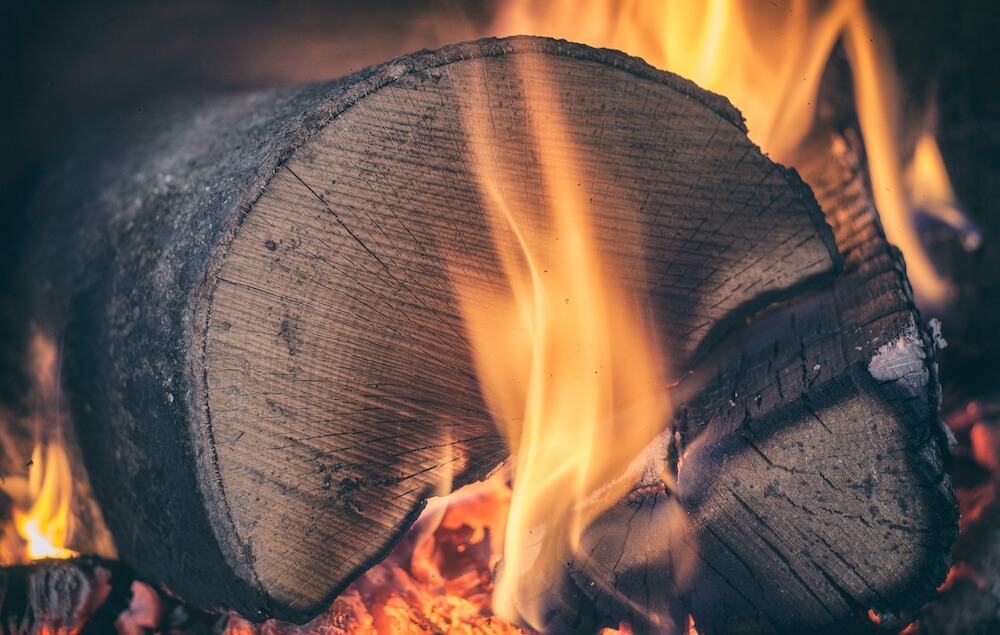
Reducing the amount of smoke and pollutants in the atmosphere is also part of the government’s Clean Air Strategy – a plan to make the air around us cleaner and safer to breathe. Wet wood creates a lot more smoke, which releases a significant number of pollutants into the atmosphere.
Burning wet wood can also be harmful to your small wood stove, as it produces a lot more smoke and ash, meaning that your stove will need to be cleaned more often. A build-up of ash and soot can stain the glass window of your stove. This will make it more difficult to watch the beautiful flames flickering away in your small wood burning stove!
Burning wet wood can also result in more frequent buildups of soot in your chimney. If your chimney liner isn’t cleaned, creosote can form over time. Creosote is highly flammable, so it’s crucial to avoid creating excess creosote in your flue, as this can help prevent chimney fires and other potential dangers. The moisture that’s released from burning wet wood can also permeate any buildups of ash or soot. If you leave a dirty stove unmaintained, these buildups can corrode your flue pipes as well as your small wood stove.
What Are The New Rules Around Burning Wet Wood?
It’s clear to see why the government has introduced these restrictions – and we’ve been long-time proponents of burning wood that’s been properly dried out. It’s better for people, the planet, and for the efficiency of your small wood burning stove.
Here are the new fuel rules that all stove owners will now need to know about:
- Retailers are no longer allowed to sell any bagged house coal or wet wood in units of less than 2m³.
- Retailers can supply wet wood in volumes of more than 2m³, but they also have to advise customers on how to dry the wood to less than 20% moisture content before burning.
- Solid fuels can only be sold and burned if they have a low sulphur content and low smoke emissions.
The government is also planning to introduce a labelling system to make it easier for small wood stove owners to identify fuels that comply with these standards. You can find out more about how the wet wood and coal ban will affect you here.
What Can Be Used As An Alternative To Wet Wood?
Luckily, there are plenty of alternative fuels you can use in your small wood burning stove instead of wet wood. Dry wood is a fantastic option, since this produces far fewer emissions than wet wood. But if you really want to do your bit for the environment, there are also many eco-friendly fuel alternatives available, including recycled eco logs, Hot Rod briquettes, and sawdust briquettes.
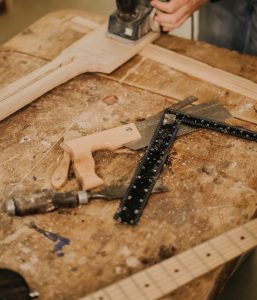 Eco logs are made out of waste material from the timber and manufacturing industries, such as sawdust and wood-shavings. These materials are then mechanically compressed to form a compact briquette. By purchasing this type of fuel for your small wood burning stove, you’re choosing to use a much more efficient fuel that also stops leftover wood from going to waste. These eco logs are perfect for our little Hobbit stove.
Eco logs are made out of waste material from the timber and manufacturing industries, such as sawdust and wood-shavings. These materials are then mechanically compressed to form a compact briquette. By purchasing this type of fuel for your small wood burning stove, you’re choosing to use a much more efficient fuel that also stops leftover wood from going to waste. These eco logs are perfect for our little Hobbit stove.
For more alternative fuel types, you can also take a look at our fuel reviews. There are so many innovative sources of fuel available that it’s worth exploring a range of options to figure out what works best in your tiny wood stove. From logs made from recycled coffee grounds to these brick-shaped sawdust logs, you’ll find lots of great recommendations in our review collection.
What Kind Of Small Stoves Are Compatible With These Alternative Fuels?
Alternative fuels like eco logs and Hot Rod briquettes can be used in a wide range of small household stoves and tiny wood burners, but they’ll burn best in a small multi-fuel stove, such as our Hobbit stove.
The Hobbit is specifically designed to burn coal, dry wood and eco logs, thanks to its carefully designed centre grate. This stops fuel from falling into the ashpan, while enabling a steady air intake to flow through the bottom door and up through the grate. When it comes to burning fuel and maximising your space, our small cast iron stove is highly efficient.
If you’re looking for a small wood stove which offers greater potential for stovetop cooking, our Little Range has a large stainless steel cooktop and a good-sized oven. It’s perfect for making stews and pizzas, and we have a downloadable cookbook which will provide you with a wide range of delicious recipes that you can make with the help of your small wood cook stove!
We want to help all stove owners get the most from their little wood burners, so check out our blog for more useful articles and information about our small wood burning stoves!


